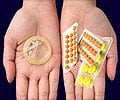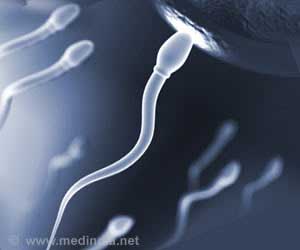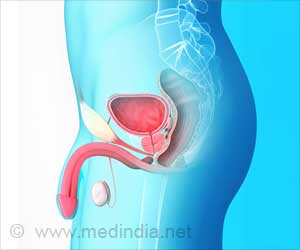Researchers from University of Virginia Health System have found that SpermCheck Vasectomy, the first-at-home test for detecting low concentrations of sperm, can spot sperm count with
Researchers from University of Virginia Health System have found that SpermCheck Vasectomy, the first-at-home test for detecting low concentrations of sperm, can spot sperm count with 96 percent accuracy.
The new study led by University of Virginia Health System researcher John C. Herr confirmed that the test for vasectomized men is accurate as well as easy to use.With help of the SpermCheck, the researchers evaluated a cohort of 144 post-vasectomy semen samples.
The test achieved an accuracy rate of 96 percent in identifying whether sperm counts were greater or less than a threshold of 250,000 sperm per ml - a level associated with little or no risk of causing pregnancy.
While, proved 100 percent accurate in identifying whether sperm counts were greater or less than 384,000 sperm per ml.
According to the experts, when the sperm count is below 1,000,000/ml, there is only a remote chance of achieving pregnancy without assisted reproductive techniques such as intra-uterine insemination, in-vitro fertilization and intra-cytoplasmic sperm injection.
Traditionally, the process has involved bringing semen samples to a physician's office or laboratory at two- and three-month intervals after the procedure, but with the new test men would be able to monitor the sperm count on their own, that to sitting at home.
"SpermCheck Vasectomy is similar in size and function to a women's home pregnancy test," said Herr.
Source-ANI
SRM
 MEDINDIA
MEDINDIA




 Email
Email



